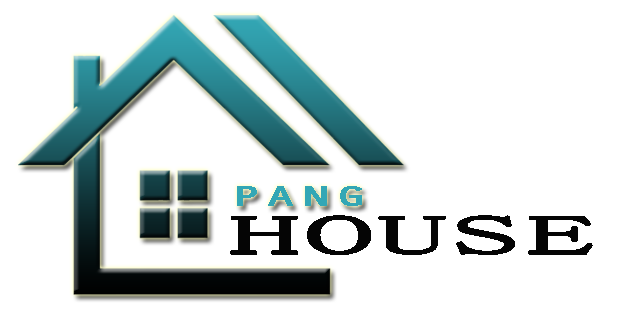Flooding is a natural disaster that can wreak havoc on homes and communities, causing significant damage and posing various risks to the inhabitants. Beyond the immediate visible damage, flooding can lead to a series of hidden dangers, with mold outbreaks being one of the most concerning issues. In this article, we will explore the dangers of flooding, particularly focusing on the growth of mold after a home flood, and discuss preventive measures to safeguard your home and family.
Understanding the Dangers of Flooding
1. Structural Damage: Home floods can weaken the structural integrity of buildings, compromising their stability and safety. This can lead to costly repairs and, in extreme cases, render the home uninhabitable.
2. Electrical Hazards: Water and electricity do not mix well. Floodwaters can cause electrical systems to short circuit, leading to fires, electrical shocks, or electrocution risks within the home.
3. Contamination: Floodwaters are often contaminated with various pollutants, including sewage, chemicals, and debris. Exposure to these contaminants can lead to serious health issues, such as gastrointestinal problems and skin infections.
The Link Between Flooding and Mold Outbreaks
One of the significant hidden dangers of flooding is the growth of mold in affected homes. Here’s why flooding can cause mold outbreaks:
1. Excess Moisture: Floodwaters introduce excessive moisture into the home environment, creating an ideal breeding ground for mold spores. Mold thrives in damp, humid conditions, making flooded homes highly susceptible to infestations.
2. Poor Ventilation: After a flood, homeowners often keep windows and doors closed to prevent further damage. Limited ventilation inhibits the drying process, allowing mold to flourish in the stagnant air.
3. Organic Materials: Floodwaters damage organic materials like wood, drywall, and insulation. These materials provide nutrients for mold growth, allowing it to spread rapidly throughout the home.
Preventing Mold After a Flood
1. Act Quickly: Time is of the essence after a flood. Begin the cleanup and drying process as soon as it is safe to do so. Remove standing water, clean and disinfect affected areas, and promote ventilation by using fans and dehumidifiers.
2. Dispose of Contaminated Items: Items that cannot be thoroughly cleaned and disinfected, such as carpets, mattresses, and upholstered furniture, should be discarded to prevent mold growth.
3. Proper Ventilation: Ensure proper ventilation in the affected areas. Open windows and doors, use fans, and consider using air purifiers to improve air circulation and reduce moisture levels.
4. Professional Assistance: If the flooding is severe, or if you are unsure about handling the cleanup process, it is advisable to seek professional help. Restoration specialists have the expertise and equipment to effectively mitigate water damage and prevent mold growth.
Conclusion
Understanding the hidden dangers of flooding, especially the risk of mold outbreaks, is crucial for homeowners. By being aware of these risks and taking swift, appropriate measures after a flood, you can protect your home and family from the devastating consequences of mold infestations. Remember, timely action and preventive measures are key to minimizing the long-term impact of flooding on your home.

